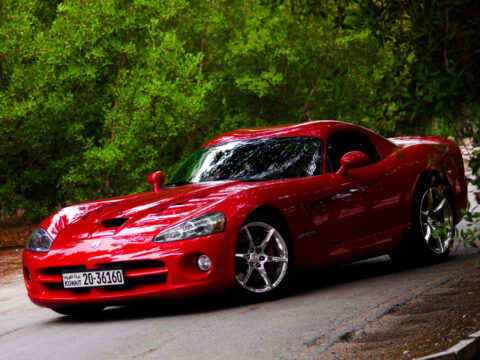Even the most iconic sports cars aren’t without their flaws. Despite their legendary status, some of these vehicles have design issues that impact performance, comfort, or reliability. In this article, we’ll explore 20 design flaws that remind us that even the greatest cars have room for improvement.
Contents
Ferrari F355 – Valve Guide Issues
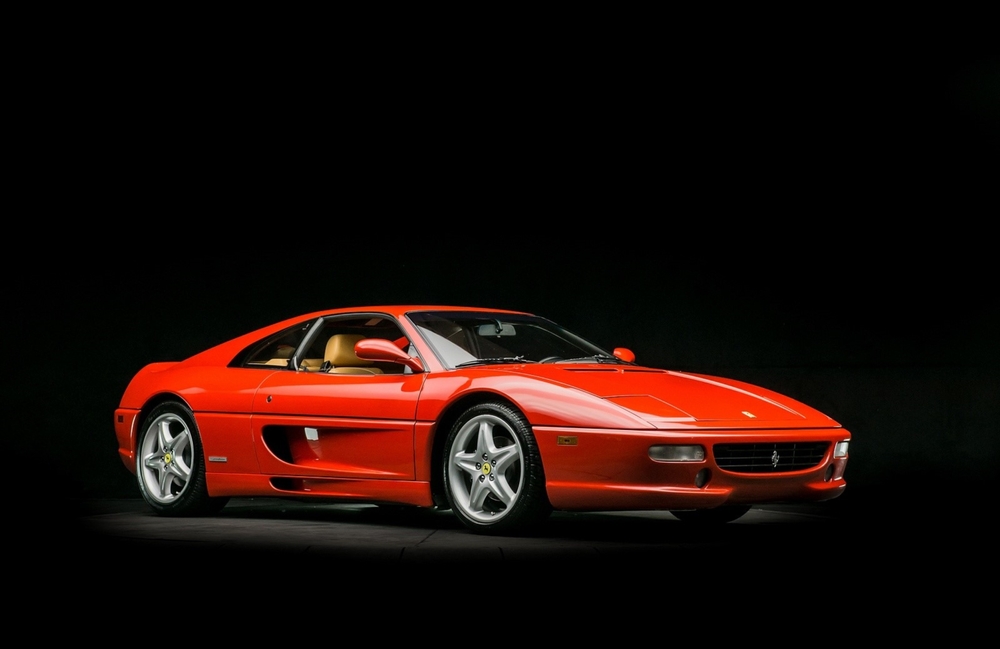
The Ferrari F355, admired for its performance and aesthetics, was plagued by a significant issue with its valve guides. Constructed from a soft bronze material, these valve guides wore out prematurely, often leading to expensive engine repairs. This defect became a notorious weak point, overshadowing the car’s otherwise impressive engineering. As a result, many owners found themselves facing the prospect of a costly engine rebuild.
Porsche 911 (996) – IMS Bearing Failure

In the 996 generation of the Porsche 911, the IMS (Intermediate Shaft) bearing emerged as a critical vulnerability. When this bearing failed, it frequently caused catastrophic engine damage, which typically required a complete engine replacement. Porsche’s reputation for reliability took a hit, despite the company eventually offering replacement bearings. This flaw became a major concern for potential buyers of the otherwise iconic model.
DeLorean DMC-12 – Underpowered Engine
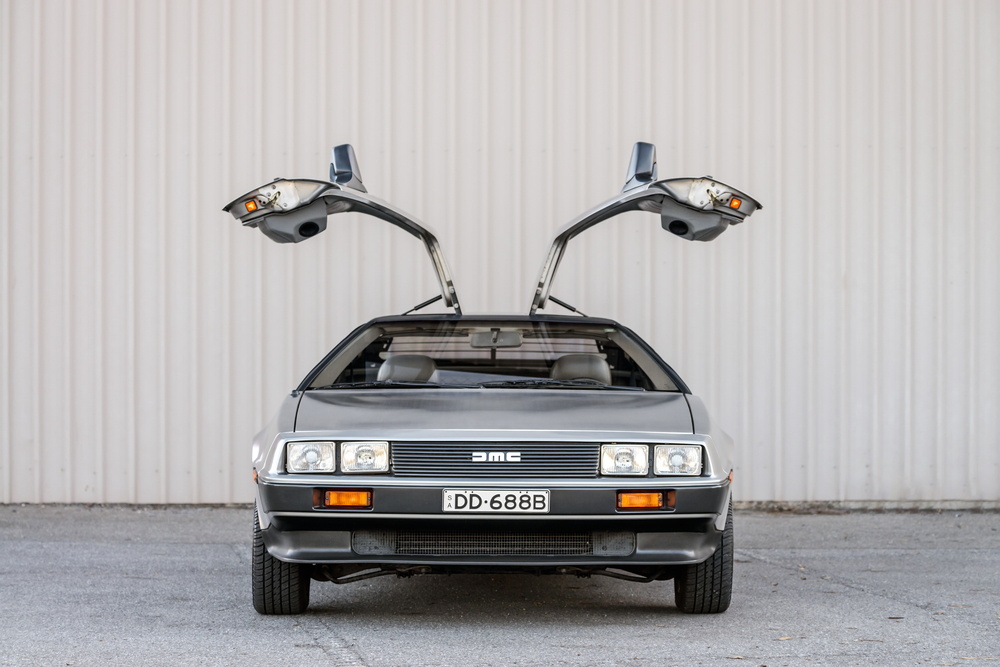
The DeLorean DMC-12, made famous by its role in film, disappointed many with its underwhelming engine performance. Powered by a 2.85-liter V6, it delivered a mere 130 horsepower, far less than what was expected from a sports car of its stature. This lack of power was a stark contrast to the car’s futuristic design, contributing to its commercial struggles.
Jaguar E-Type – Cooling System Issues
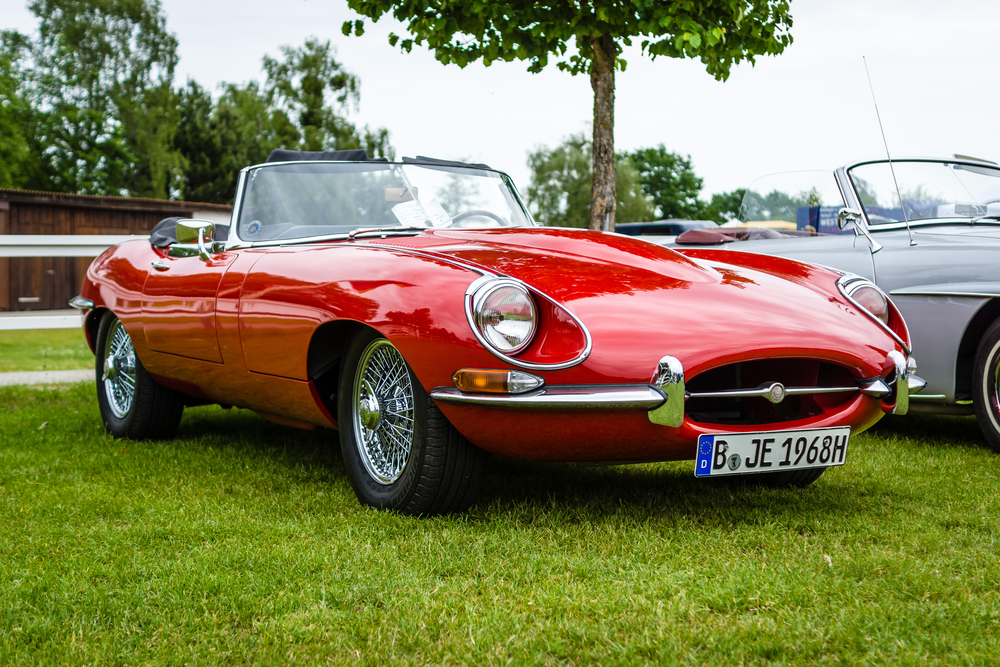
Renowned for its beauty, the Jaguar E-Type struggled with a poorly designed cooling system. The car’s radiator and cooling fans proved insufficient, especially in warmer climates, leading to frequent overheating. This flaw often left drivers stranded, forcing them to seek aftermarket solutions to improve the system’s efficiency. Over time, this issue tarnished the E-Type’s legacy as a reliable sports car.
Chevrolet Corvette C3 – Vacuum System Failures
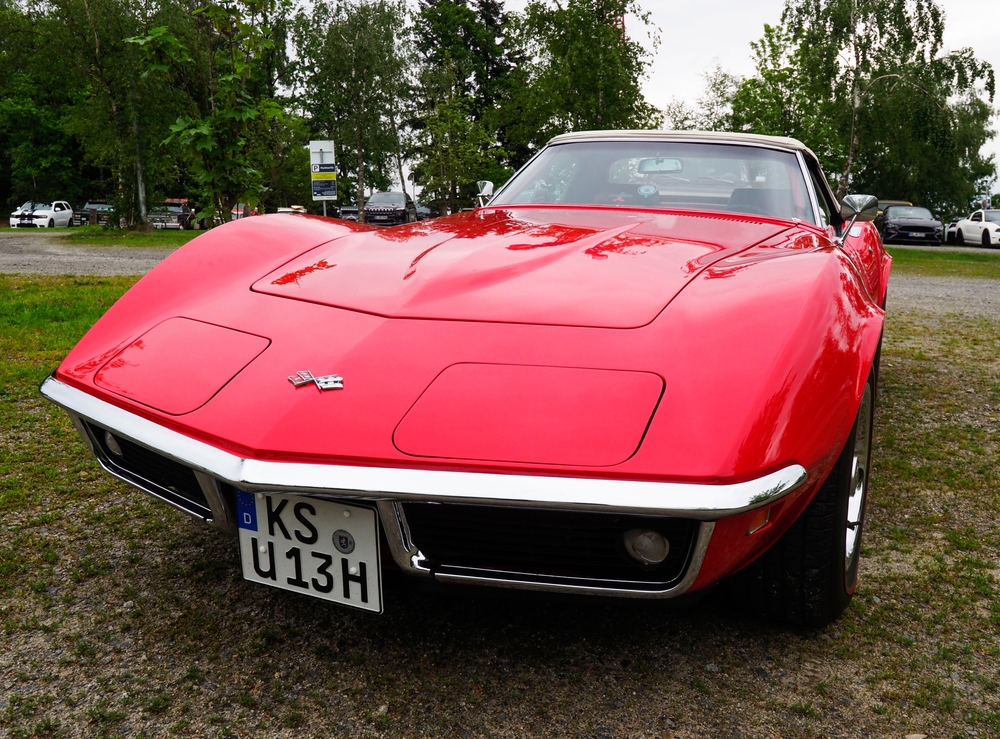
The third-generation Corvette, or C3, introduced a vacuum-operated system that quickly became its Achilles’ heel. This system controlled various functions, including headlights and wipers, but was prone to frequent failures as the vacuum lines aged. Repairing these issues was both complex and expensive, diminishing the car’s appeal. Owners often found themselves grappling with this frustrating flaw in an otherwise iconic vehicle.
Mazda RX-7 (3rd Gen) – Rotary Engine Fragility
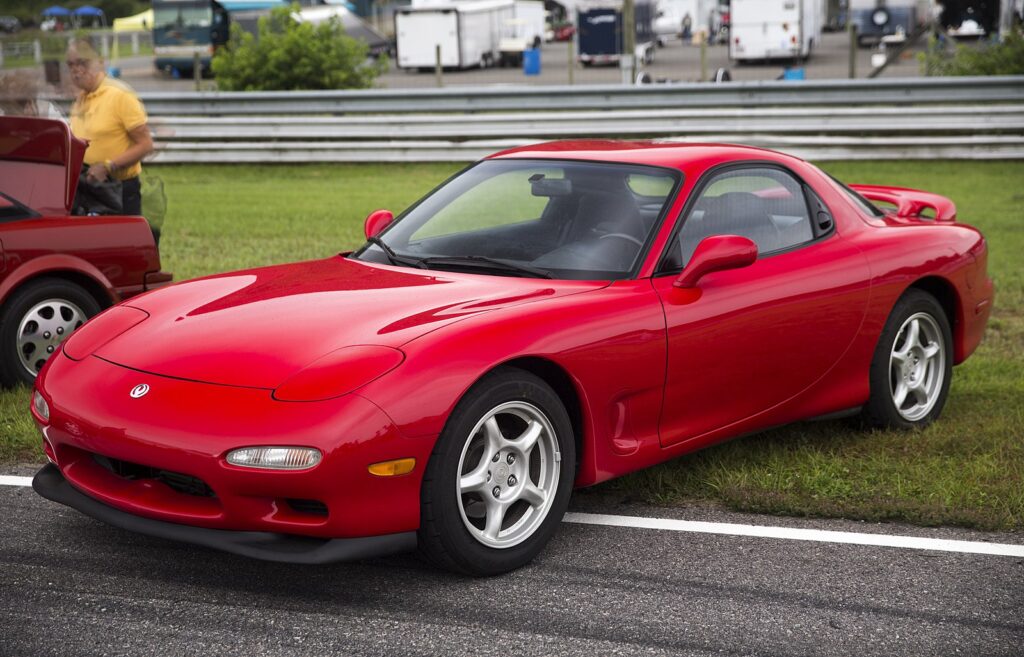
The third-generation Mazda RX-7 featured a rotary engine, known for its unique design but also for its fragility. Maintaining this engine required meticulous care, and neglect often led to apex seal failures, which could be catastrophic. This flaw overshadowed the RX-7’s stellar performance and handling, making it a challenge for many owners.
Dodge Viper – Poor Interior Ergonomics
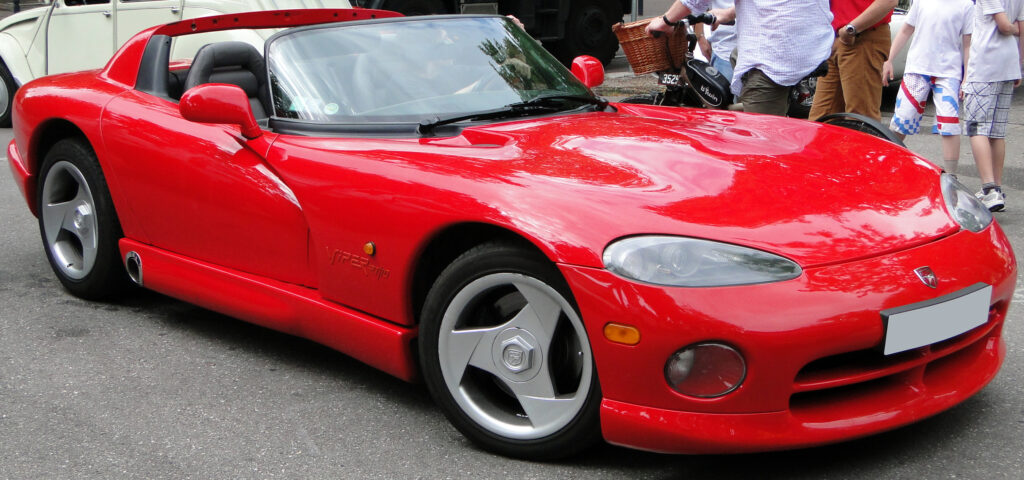
The Dodge Viper, famous for its raw power, suffered from interior design flaws that affected comfort and usability. The cabin was notoriously cramped, with pedals and controls awkwardly positioned, making long drives uncomfortable. These ergonomic issues detracted from the car’s overall appeal, particularly for those looking for both performance and comfort.
Ford Mustang II – Uninspired Design and Performance
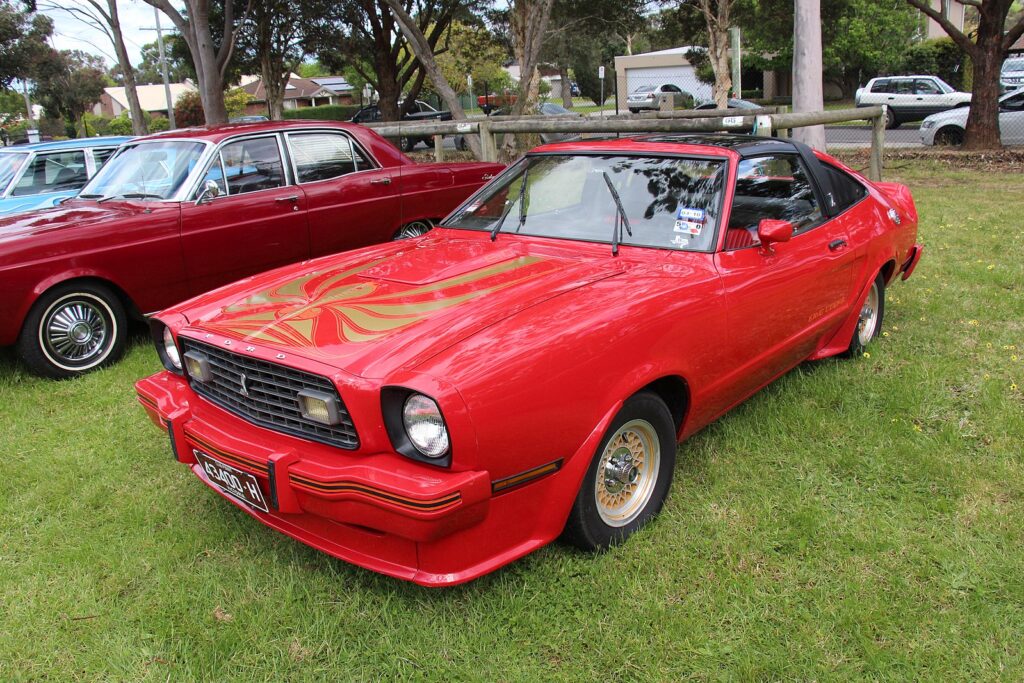
During the 1970s oil crisis, the Ford Mustang II was introduced, marking a departure from the Mustang’s muscle car roots. Its smaller size and underpowered engines were perceived as major design flaws by enthusiasts, resulting in a vehicle that lacked the performance and spirit of its predecessors. The Mustang II’s lackluster design and performance significantly affected its popularity. As a result, it remains one of the less celebrated models in the Mustang lineage.
Lotus Esprit – Electrical Gremlins

The Lotus Esprit, with its sleek design and exceptional handling, was hampered by unreliable electrical systems. Poor quality control during production led to frequent electrical failures, frustrating owners and diminishing the car’s reputation. These issues often required costly repairs, detracting from the Esprit’s otherwise stellar driving experience. Over time, this flaw became a defining characteristic of the model’s reliability concerns.
Ferrari Testarossa – Wide Body Design

The Ferrari Testarossa’s iconic wide body made it stand out, but it also presented significant challenges in daily use. Maneuvering through narrow streets or finding suitable parking spaces became a daunting task due to the car’s excessive width. While the design was visually stunning, it compromised the car’s practicality. This trade-off between style and usability left some owners frustrated.
Lamborghini Countach – Limited Rear Visibility
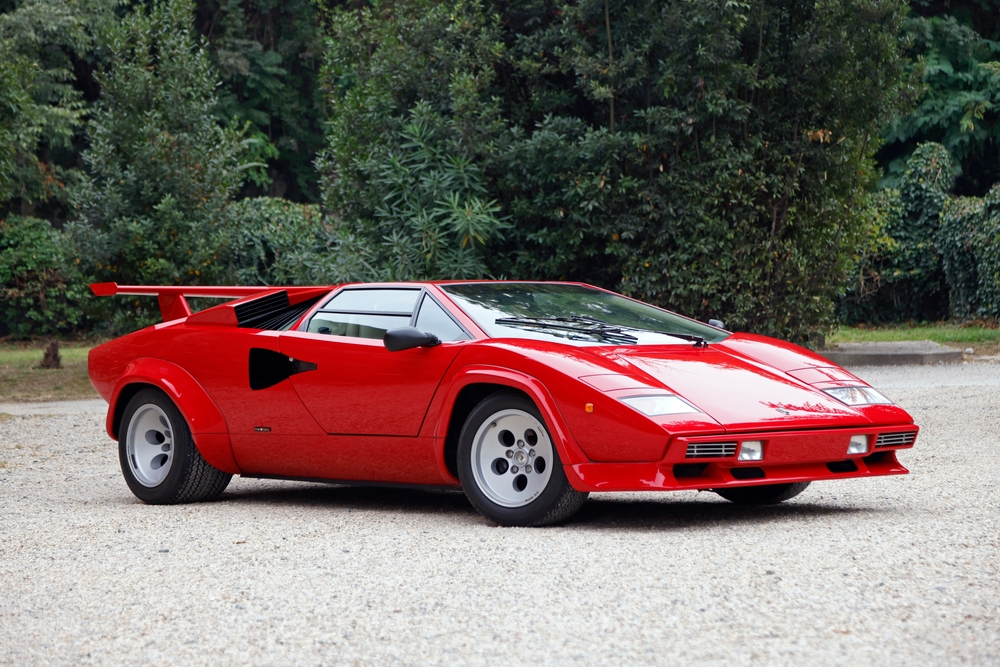
The Lamborghini Countach, with its dramatic wedge shape and scissor doors, sacrificed rear visibility for the sake of its design. The car’s structure severely limited the driver’s ability to see behind, making parking and reversing particularly difficult. This flaw was a significant compromise, especially in everyday driving situations. Despite its striking appearance, the Countach’s practicality was hindered by this design choice.
BMW M1 – Production Delays and High Costs
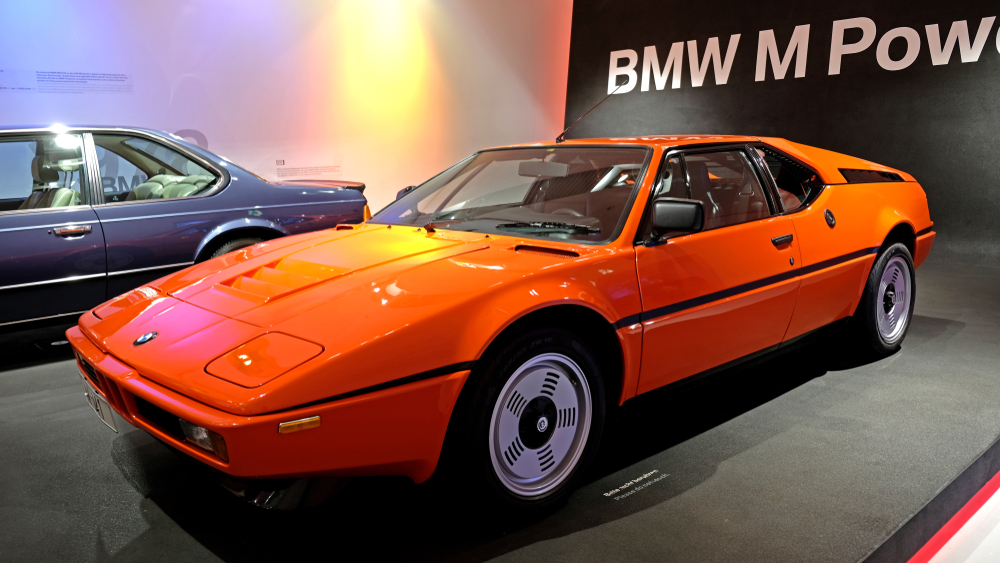
BMW’s first attempt at a supercar, the M1, was marred by production delays and exorbitant costs. The complex engineering and limited manufacturing capabilities led to numerous setbacks, resulting in only 453 units being produced. These challenges limited the M1’s commercial success, despite its impressive performance and racing pedigree. The car remains a rare and valuable piece of automotive history, but its production woes overshadowed its potential.
Ford GT40 – Poor Cabin Ventilation
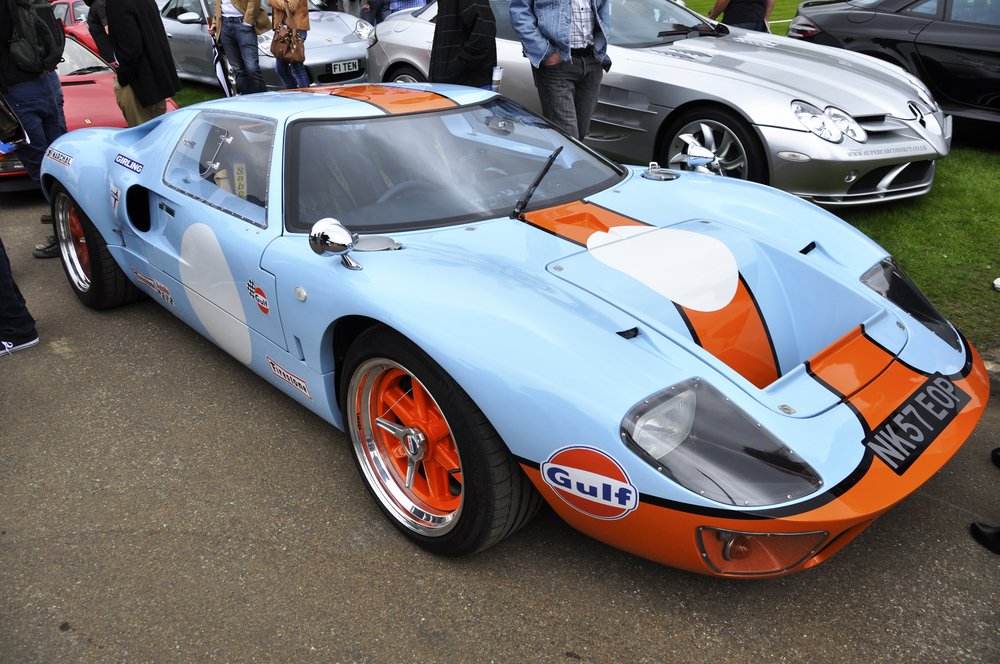
The Ford GT40, renowned for its racing success, was notorious for its poorly ventilated cabin. The combination of a mid-mounted engine and a small cockpit caused extreme heat buildup, making long drives and races uncomfortable for drivers. This flaw highlighted the car’s focus on performance over driver comfort. While it excelled on the track, the GT40’s cabin conditions were less than ideal.
Alfa Romeo 4C – Harsh Ride Quality
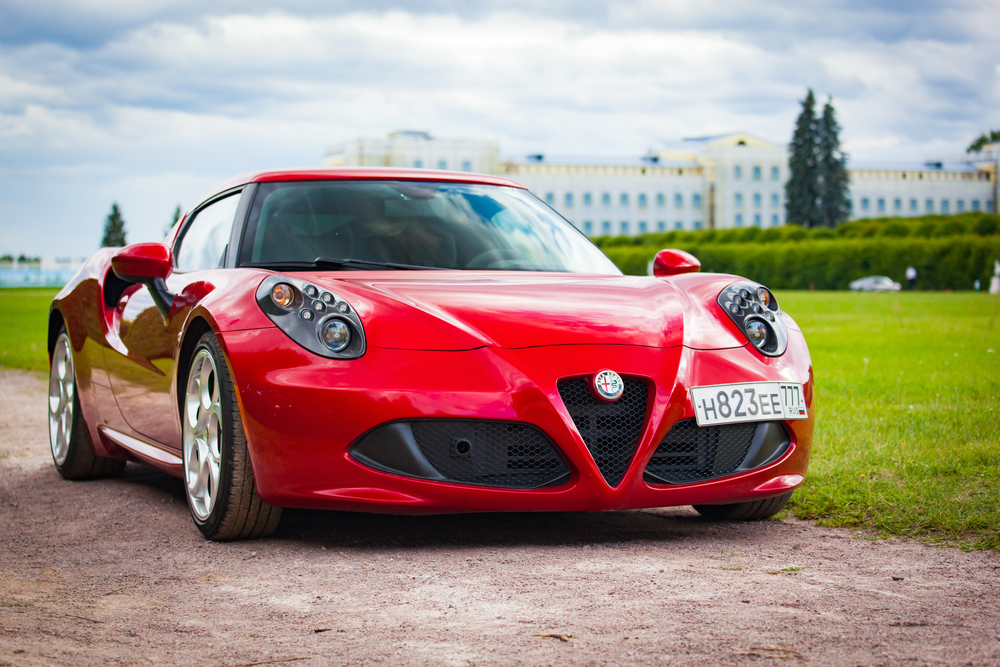
Designed as a lightweight sports car, the Alfa Romeo 4C sacrificed comfort for performance. Its stiff suspension and minimal interior padding resulted in a harsh ride, making daily driving less enjoyable. While the car’s agility and responsiveness were praised, its lack of refinement turned away those seeking a more comfortable experience.
Maserati Biturbo – Reliability Issues

The Maserati Biturbo aimed to offer luxury performance at an accessible price, but it was plagued by significant reliability problems. Its turbocharged engine and complex electronics were prone to frequent failures, leading to high maintenance costs and a reputation for unreliability. These issues overshadowed the Biturbo’s luxurious intentions. As a result, the car’s potential was never fully realized in the market.
Pontiac Fiero – Fire Risk
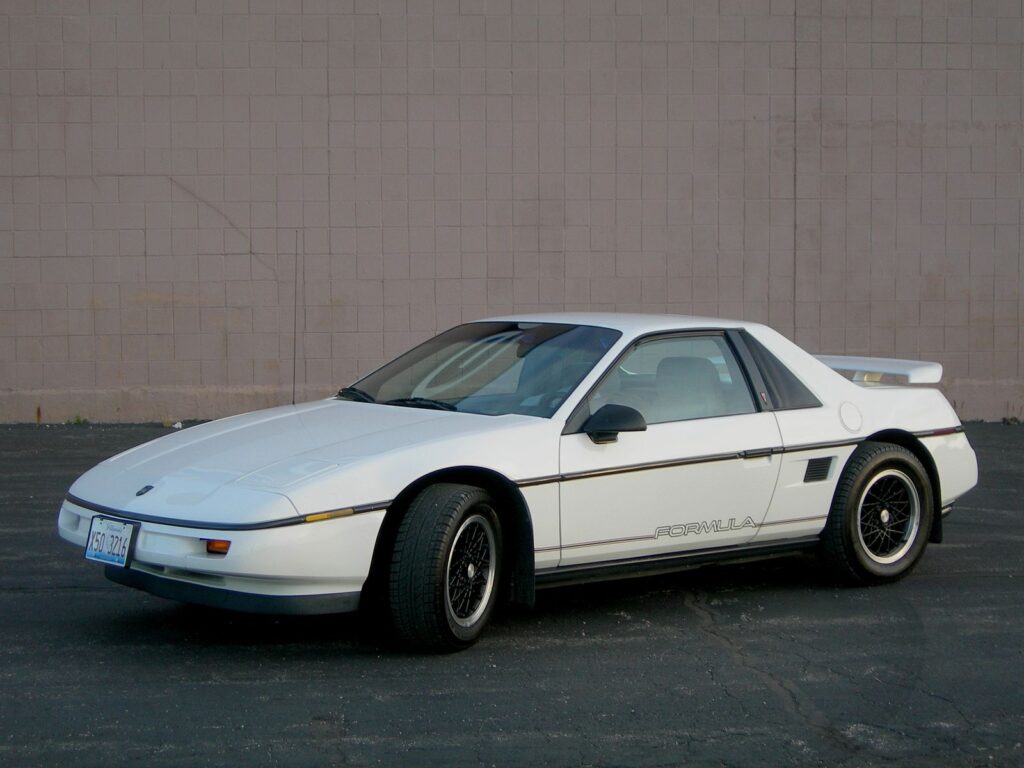
The Pontiac Fiero’s early models were plagued by a design flaw that posed a serious fire risk. Poorly designed connecting rods and oil leaks, combined with insufficient cooling, led to several engine fires. This safety issue prompted recalls and severely damaged the Fiero’s reputation. Despite later improvements, the fire risk became a defining flaw of the early models.
Aston Martin Lagonda – Overcomplicated Electronics
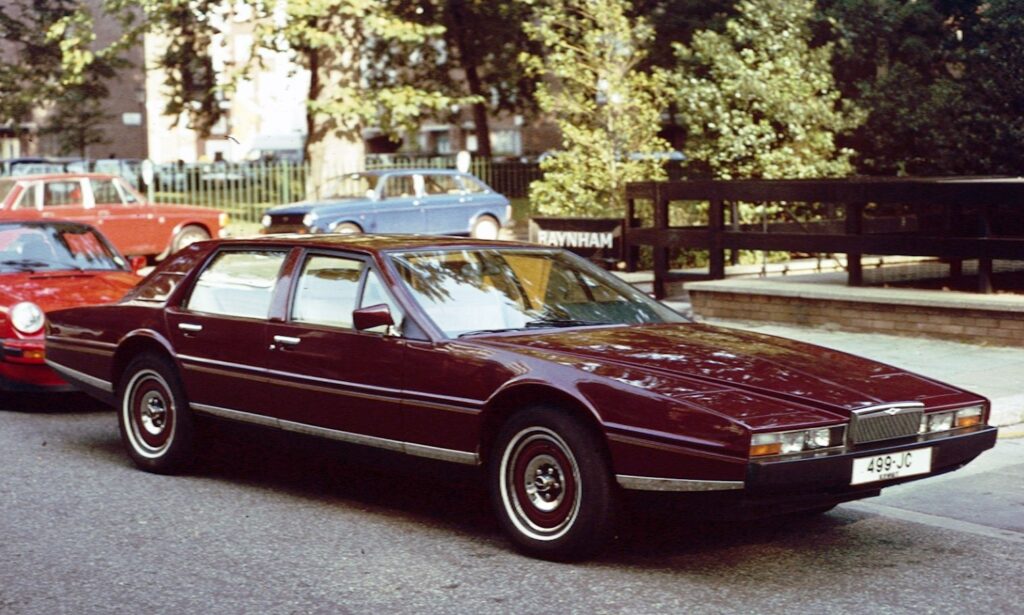
The Aston Martin Lagonda was ahead of its time with its futuristic design and electronic features, but these same advancements proved to be its downfall. The car’s complex electronic systems were notoriously unreliable, leading to frequent malfunctions and expensive repairs. This design flaw undermined the Lagonda’s luxury appeal, despite its innovative intentions. Owners often faced frustration with the car’s overcomplicated technology.
Mercedes-Benz SLR McLaren – Heavyweight Design
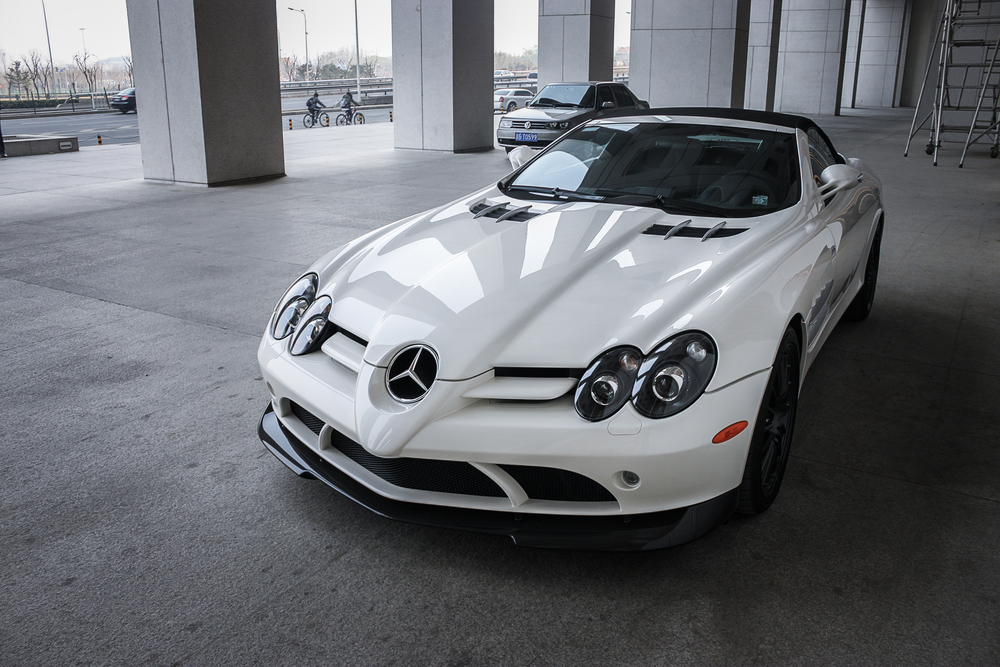
Although the Mercedes-Benz SLR McLaren boasted incredible power, its excessive weight became a significant drawback. The car’s heavy construction, due in part to its supercharged V8 and luxurious features, compromised its agility and handling. As a result, it struggled to match the nimbleness of its rivals in the supercar segment. This design flaw detracted from the SLR McLaren’s overall performance potential.
Toyota Supra (Mk4) – Heavyweight

The Mk4 Toyota Supra, while celebrated for its powerful engine and tuning potential, was often criticized for its substantial weight. This heaviness affected the car’s handling and responsiveness, particularly in tight corners, making it less agile than its competitors. Despite these drawbacks, the Supra’s durability and build quality made it a legend in the automotive world. However, the weight issue remained a notable design flaw.
Nissan GT-R (R35) – Lack of Driver Engagement

The R35 Nissan GT-R is renowned for its technological sophistication and blistering speed, but this comes at the cost of driver engagement. The car’s advanced electronics and all-wheel-drive system, while making it incredibly fast, also create a disconnect between the driver and the driving experience. Many enthusiasts miss the raw, visceral feeling of older sports cars, finding the GT-R too clinical. This design choice, while effective, has sparked debate among purists about the true essence of a sports car.
This article originally appeared on MyCarMakesNoise.
More from MyCarMakesNoise
Top 15 Collector’s Edition Trucks That Are Increasing in Value
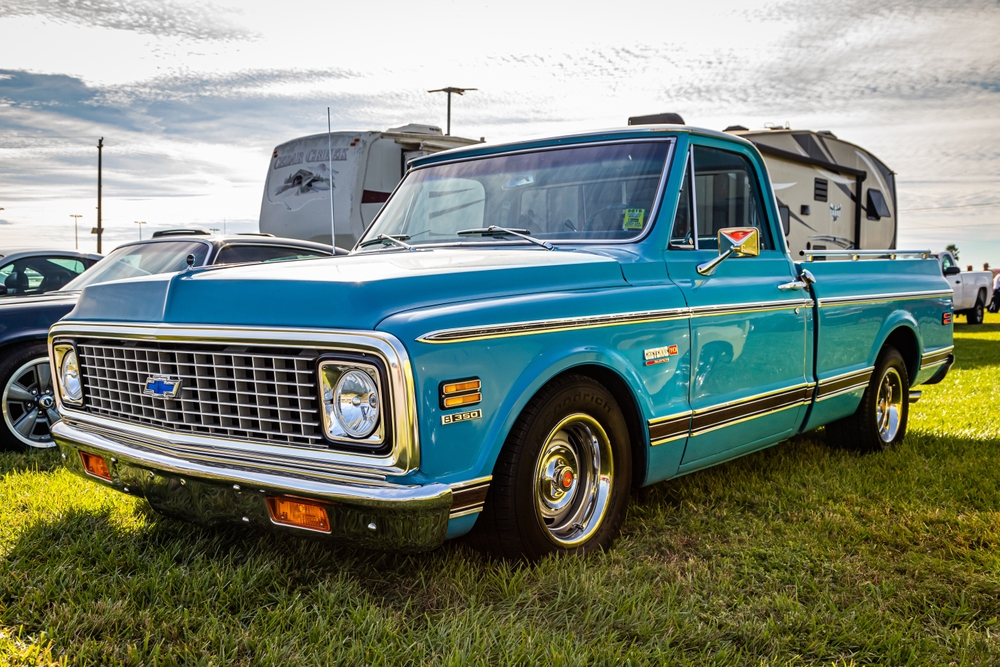
Collector’s edition trucks have always held a special place in the hearts of enthusiasts. Over time, some of these rare models have seen significant increases in value, making them highly sought-after investments. Read More.
15 Unique Prototype Aircraft That Never Took Off Commercially

Aviation history is filled with remarkable innovations and daring designs, but not all aircraft made it past the prototype stage. Some were groundbreaking, while others were just too ahead of their time. Read More.
18 Underrated Motorcycles with Surprising Performance

When it comes to motorcycles, some of the best rides often fly under the radar. In this list, we’re highlighting 18 underrated motorcycles with surprising performance that deserve more recognition. Read More.




